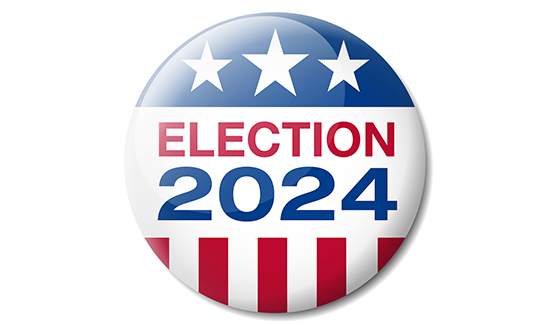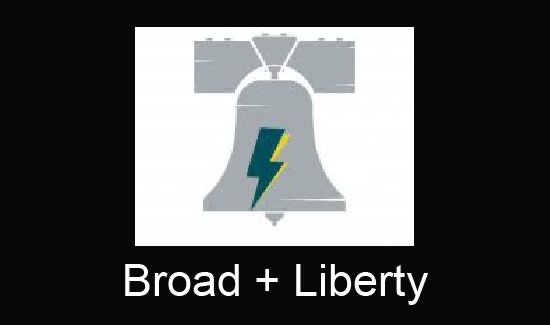Crossing the Rubcion
Editor’s note: A version of this article first appeared at RealClearMarkets.com.
The current global debt accumulations are unprecedented. In fact, it can be observed that at no time in the history of the human race, other than during periods of war, has debt accumulation on the planet ever been greater. And the most rapid debt accumulators are the world’s sovereign nations.
It is critically important to recognize that during periods of war, relative wealth is both destroyed and accumulated. The defeated lose their wealth and default on their debt obligations. The winners take the spoils of war in reparations, seized assets, etc., and create more wealth to service or liquidate their debts. There is generally a significant price inflation attended to the process for both the winner and the loser.
Today, massive debt accumulation is used not to finance new production or fight a war but to finance current consumption. The primary direct beneficiaries of the current debt issuance are government workers, retirees, and unemployed private-sector workers. These beneficiaries are consuming wealth; they are not creating it.
What is disconcerting is that the world has entered a period of slower historical growth that has resulted in lower government tax revenue worldwide. This slow growth environment is often referred to as the "new normal."
As a result of the of the tax-revenue shortfall, central banks around the world are desperately printing cash to fund new debt issuance. Consumption is maintained, debt accumulates, and real wealth creation lags further and further behind in the "new normal" world.
Today, the U.S. federal government borrows 40 cents out of every dollar it spends and the Federal Reserve directly or indirectly prints money to fund 80 cents out of every dollar of that government debt. So far this financial arrangement has produced rising financial asset prices and no significant "officially measured" consumer price inflation.
The question that begs an answer is: How long can such an arrangement last? Why hasn’t debt-financed consumption, coupled with Federal Reserve money printing, coupled with lagging wealth creation, resulted in massive price inflation?
Is the Fed simply "pushing on a string?" Did the financial collapse of 2008 convert bankers into prudent lenders who are unwilling to extend credit to needy borrowers? Has the private sector decided to pay down debt and simply forego borrowing because of government-created uncertainty or a lack of desirable investment opportunities? Or, is it something else altogether?
The truth is no one knows. Another truth is that it may not matter. What is perhaps most important is to recognize that there is no historical precedent to act as a contextual reference for what is happening. We are in uncharted territory.
In the current fiat central-banking world, there is massive money printing going on that is now approaching the initial phase of even the most egregious hyperinflationary episodes of the past. This printing supports consumption and the "markup" in many real asset prices, such as stocks and bonds. It all feels painless so far as we appear to have entered a steady state of range-bounded volatility, inflation, consumption, production, and unemployment.
However, something very important is missing. There is no real wealth creation of the kind required to support such massive debt. The Fed’s asset "markup" program and the lack of real wealth creation simply cannot support the long-term debt accumulation enabled by Fed money printing. The Federal Reserve governors must know this, yet they continue to massively print anyway.
Absent a war, this nice little fantasy may last for a while. Debt will continue to accumulate to support consumption and the "markup" in financial asset prices. Real wealth creation will lag far behind the level necessary to support such huge piles of debt. Officially measured inflation will probably remain subdued.
All will seem sustainable, until it is not.
The bell will ring when some event shocks people into the recognition that: (a) the lack of real wealth creation accompanied by continuous, massive debt accumulation can never be reconciled; and (b) the political will does not exist—and may never exist—to call a halt to the debt accumulation and/or do what is necessary to enable an acceleration of real wealth creation.
It seems that a majority of people now believe that the redistribution of existing wealth is more important than the creation of new real wealth. They apparently believe, in violation of common sense and all accepted laws of physical science, that you can get something for nothing. That view has now become entrenched in every branch of the media, academia, politics, and—shockingly—many parts of the financial world.
At some point soon, we will cross the Rubicon. The financial adjustments will be breathtakingly swift. Then, the world as we know it will never be the same.
— Fred A. Kingery is a self-employed, private-equity investor in domestic and international financial markets from New Wilmington, Pa., and a guest commentator for The Center for Vision & Values at Grove City College.
© 2013 by The Center for Vision & Values at Grove City College. The views & opinions
expressed herein may, but do not necessarily, reflect the views of Grove City College.
www.VisionAndValues.org | www.VisionAndValuesEvents.com







